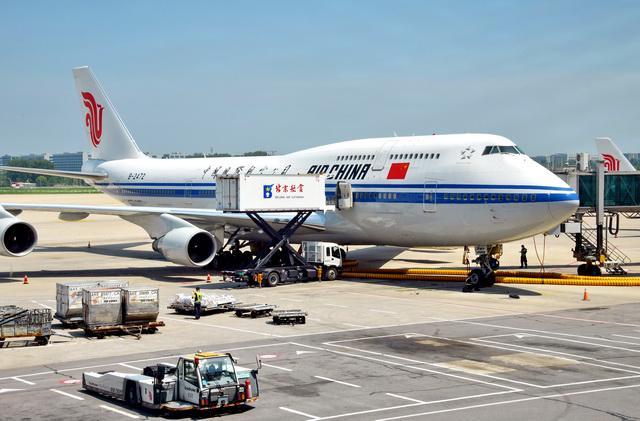China's aviation industry still needs to make efforts to reduce carbon emissions. Several experts recently suggested focusing on efficient and clean energy utilization, carrying out pilot projects for replacing biofuels and sustainable fuels, improving the efficiency of aviation fuel use, and improving support policies such as extending relief policies, reducing taxes and fees, increasing financial subsidies and credit.
Scholars Li Qiaochu and Chen Junhua from the School of Economics and Management at Southwest Petroleum University, as well as Zhang Peng from the School of Institutional Civil Engineering and Surveying at Southwest Petroleum University, wrote in the latest issue of the Journal of Environmental Engineering Technology that the aviation industry is one of the important sources of global greenhouse gas emissions. Air transportation brings enormous economic and social benefits, but with the continuous growth of air transportation volume, its impact on the environment has increasingly become a topic of close global concern.
According to statistics from the International Civil Aviation Organization (ICAO), the carbon emissions of the global civil aviation industry will exceed 700 million tons in 2022. If low-carbon technologies are not used to control them, they will increase significantly by about three times to 2.6 billion tons by 2050, accounting for 5% of the total carbon budget under the 1.5 ℃ global warming target.
Due to the use of high-altitude flight, the pollutants emitted by airplanes have a more significant impact on the atmospheric environment compared to the same amount of exhaust gas on the ground, "experts said.

The air transportation industry is the earliest industry in the world to propose a zero carbon emission target by 2050. In recent years, the UK has proposed a zero emissions strategy for aviation, while the US has issued the Sustainable Aviation Fuel Strategy. In order to achieve green, low-carbon, and circular development in the civil aviation industry, the Chinese government has also formulated and released the "14th Five Year Plan for Green Development of Civil Aviation".
Experts say that China is at a critical stage of transitioning from a major civil aviation country to a strong civil aviation nation. Research has shown that by reasonably controlling key driving forces to achieve synchronous reduction of fuel consumption and fuel costs, the greenhouse effect contribution of the civil aviation industry can be significantly controlled.
The "2023 Statistical Bulletin on the Development of the Civil Aviation Industry" released by the Civil Aviation Administration of China shows that in 2023, the total transportation turnover of the entire industry will be 118.834 billion ton kilometers, passenger turnover will be 103.0898 billion person kilometers, and cargo and mail turnover will be 28.362 billion ton kilometers. As of the end of 2023, there are a total of 66 transportation airlines, 4270 civil aviation transport aircraft, and 259 domestic transport airports (excluding Hong Kong, Macau, and Taiwan) in China.
According to the official data, in 2023, the fuel consumption per ton kilometer of China's civil aviation will be 0.292 kilograms, a decrease of 14.3% compared to 2005 (the base year for industry energy conservation and emission reduction targets). The average energy consumption per passenger and carbon dioxide emissions per passenger at airports will decrease by 38.4% and 60.5% respectively compared to the baseline (2013-2015 average).
Mobile phone:+86-0516-87631319
Phone:+86-15651461419
Mailbox:3966142672@qq.com
Address: No. 20 Zhenxing Avenue, Xuzhou Economic and Technological Development Zone, Jiangsu Province